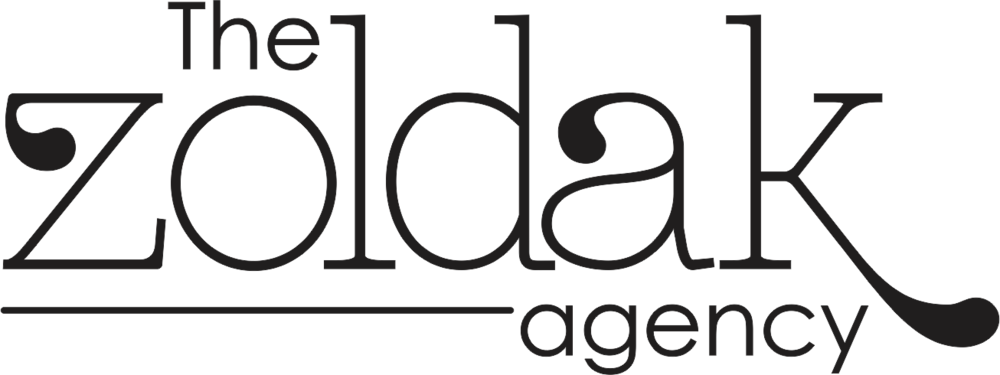Zoldak Agency digital strategist Nicole Fondots shares her thoughts in AdWeek.
The smaller the audience, the more critical it is to ensure your message is served to as many targets as possible.
Facebook continues to depreciate its targeting capabilities while programmatic platforms, like Simpl.fi, solidify data matching tools and expand their data segments to meet audiences where they are.
The importance of maximizing match rates cannot be understated. Seemingly minor differences allow agencies like ours to hit hundreds of thousands more individuals, increasing reach and potential for conversion to meet our overarching goal of voter registrations, petition sign-ups, etc.
Meta remains a high-performance advertising platform for advocacy and politics. But targeting power lies with programmatic.
Meta tools are less powerful
Part of the weakened effectiveness of Meta’s tools are by design. The company announced late last year it was deprecating detailed targeting for all advertisers after feedback from “civil rights experts, policymakers and stakeholders.” The newly prohibited categories included political affiliation, race and religion, which are more relevant to political advertisers.
That limited targeting on Meta has decreased match rates when entering a voter list into the platform, said Nicole Fondots, digital strategist at public affairs-focused The Zoldak Agency.
We ran a city council campaign and we were working with fewer than 1,000 people,” Fondots said. “Having those match rates makes the biggest difference.” She added that for persuasion campaigns, budgets have shifted toward programmatic. Putting a voter list into Meta results in a 35% match rate compared to 99% using demand-side platform Simpli.fi.
For the full article, read more in AdWeek.

